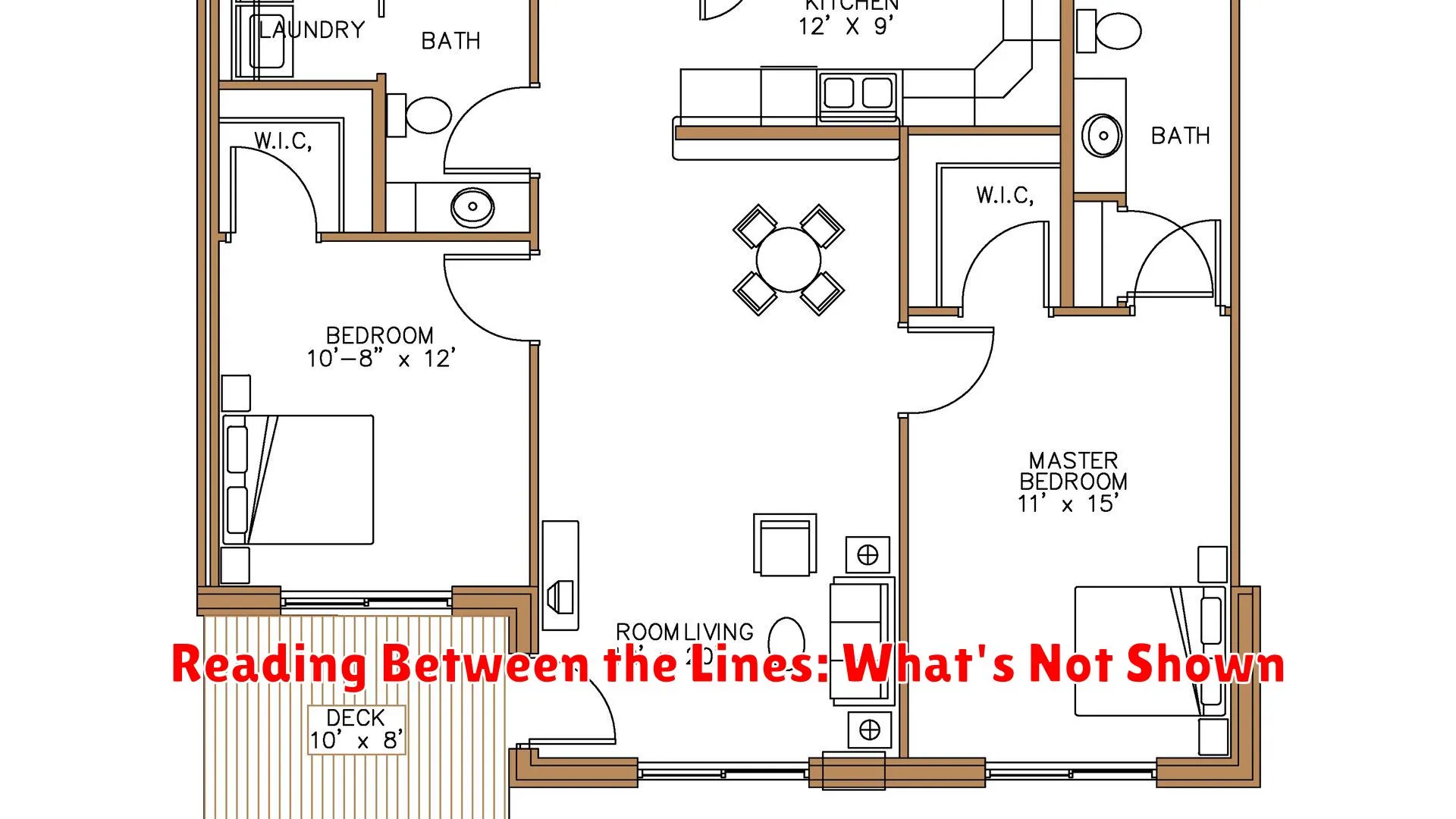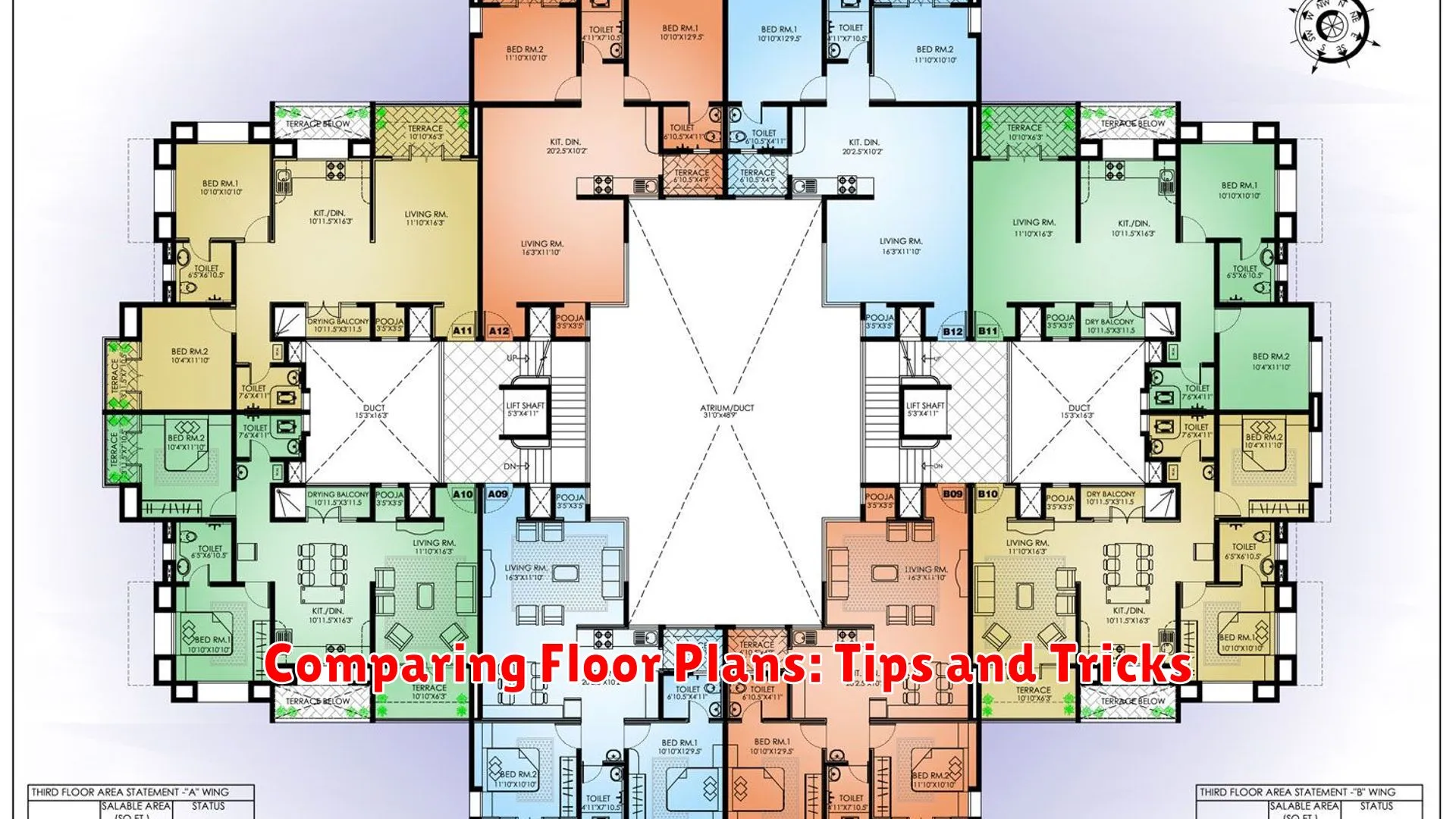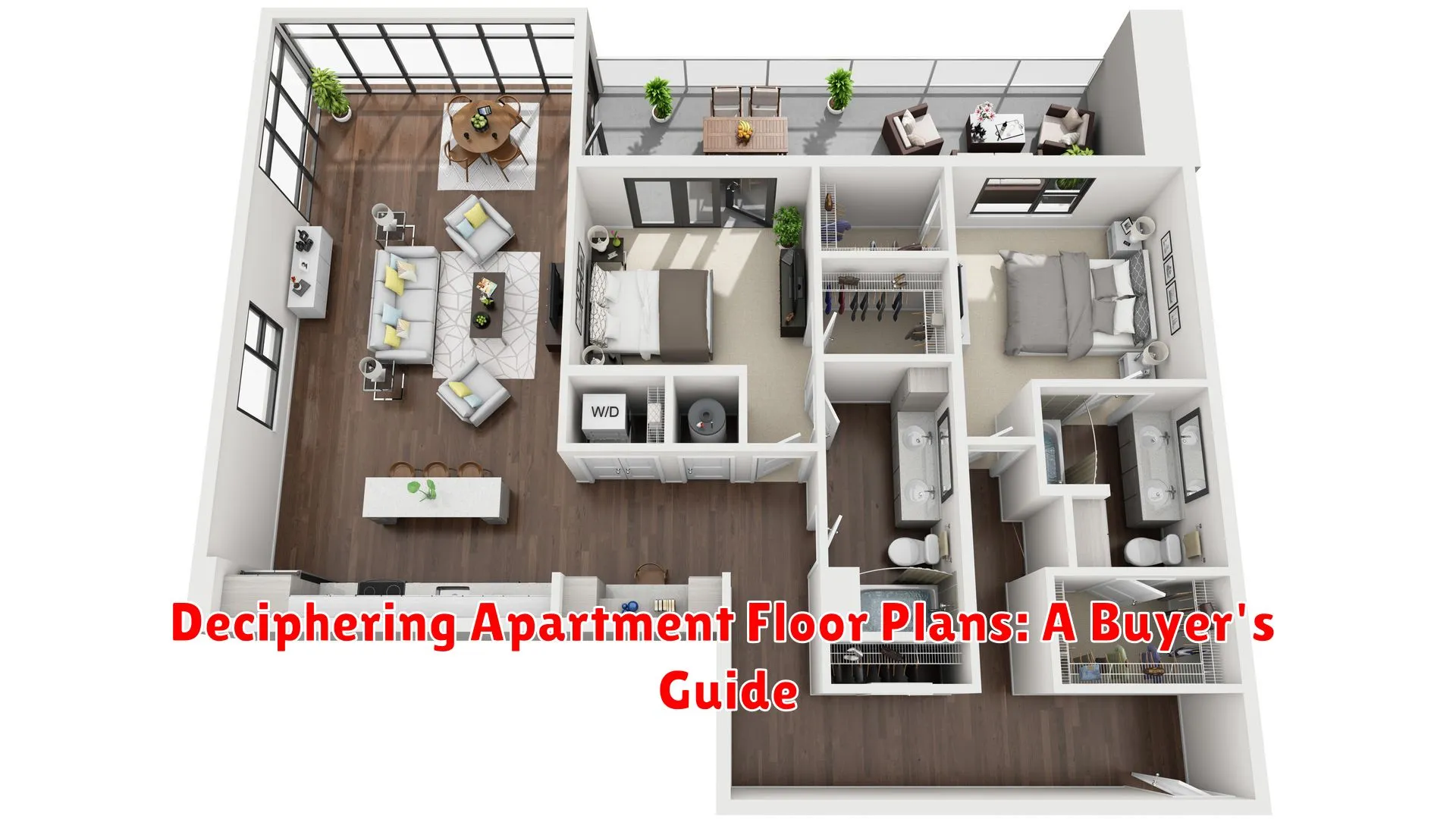Unravel the mystery of apartment floor plans with our comprehensive buyer’s guide. From understanding layout symbols to optimizing space utilization, this article provides essential insights for potential buyers. Let’s navigate the world of real estate with confidence!
Understanding Layouts and Space Utilization

Deciphering apartment floor plans requires a keen understanding of layouts and how space is utilized within a living area. When you’re in the process of purchasing an apartment, analyzing the floor plan is crucial to ensure you’re making a sound investment.
The Importance of Layouts
The layout of an apartment influences how efficiently space is utilized and how functional the living areas are. Understanding the layout helps you envision how you can arrange your furniture and live comfortably within the space.
Maximizing Space Utilization
To make the most of the available space, consider the flow of the apartment. Look for open-concept layouts that promote a sense of spaciousness. Additionally, optimizing storage solutions like built-in cabinets or multipurpose furniture can help declutter and organize your living space.
Considering Room Placement
Pay attention to the placement of bedrooms, bathrooms, and common areas within the floor plan. Bedrooms situated away from living areas may offer more privacy, while well-positioned bathrooms can enhance convenience. Assessing these factors allows for a better understanding of how you can utilize each room efficiently.
Aesthetic and Functional Balance
Striking a balance between aesthetics and functionality is key when analyzing apartment layouts. Creating designated spaces for various activities, such as cooking, dining, and relaxation, contributes to a harmonious living environment.
Reading Between the Lines: What’s Not Shown

When deciphering apartment floor plans as a buyer, it’s crucial to not only focus on what is presented in the layout but also pay attention to what is not shown. Oftentimes, marketing materials may highlight the spacious living room or sleek kitchen but overlook essential details that could impact your living experience.
One key aspect to consider is the storage space available in the floor plan. While the design may showcase an open concept, it is important to assess whether there are sufficient closets, cabinets, or other storage solutions to accommodate your belongings.
Additionally, the placement of utilities should not be overlooked. Make sure to inquire about the location of water heaters, HVAC systems, and electrical panels, as these can affect both the aesthetics and functionality of the apartment.
Another critical factor is the noise levels within the unit. While the floor plan may look appealing on paper, consider the positioning of the apartment within the building, proximity to elevators or communal areas, and potential sources of noise from neighbors or street traffic.
By reading between the lines of apartment floor plans and considering what is not explicitly shown, you can make a more informed decision as a buyer and ensure that the property meets not only your visual preferences but also your practical needs.
Comparing Floor Plans: Tips and Tricks

When deciphering apartment floor plans as a buyer, it’s crucial to pay attention to the layout, size, and functionality of the space. Here are some tips and tricks to help you compare different floor plans effectively:
- Identify Your Needs: Before comparing floor plans, make a list of your must-have features and preferences. This will help you narrow down your options and focus on layouts that meet your requirements.
- Consider Room Sizes: Pay close attention to the dimensions of each room in the floor plans. Make sure the bedrooms, living areas, and kitchen have adequate space for your furniture and daily activities.
- Think About Flow: Evaluate how the rooms are interconnected and assess the flow of the space. A well-designed floor plan should offer a seamless transition between different areas of the apartment.
- Check for Storage Space: Look for ample storage options like closets, cupboards, and shelves. Sufficient storage is essential for keeping your apartment organized and clutter-free.
- Examine Natural Light: Consider the placement of windows and natural light sources in each floor plan. A bright and well-lit apartment can create a pleasant living environment.
- Think Long-Term: When comparing floor plans, envision how your lifestyle may evolve in the future. Choose a layout that can adapt to your changing needs over time.
Conclusion
Understanding apartment floor plans is crucial for a successful purchase. Consider layout, size, and functionality to make an informed decision.




